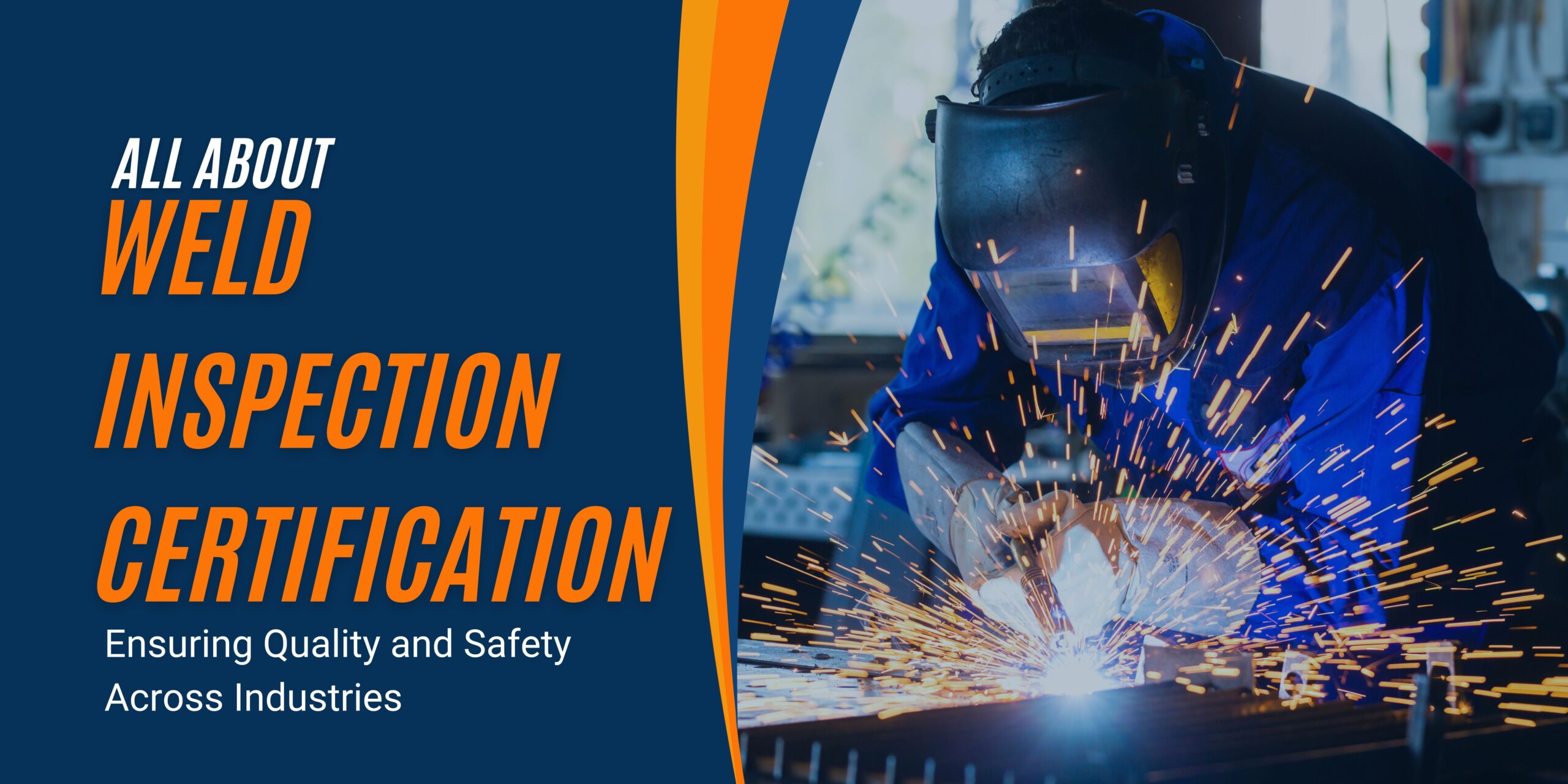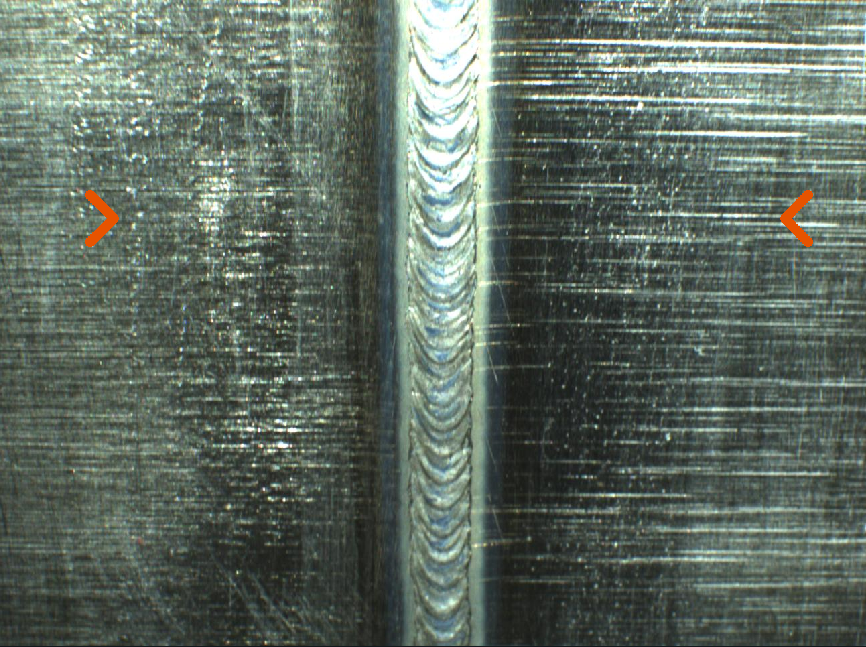Necessary Tips for Effective Welding Inspection Racine Services
Wiki Article
Ingenious Methods to Fillet Weld Evaluation and Screening: Enhancing Weld High Quality and Compliance Specifications
In the world of welding, the high quality and honesty of fillet welds play a vital role in making certain the architectural soundness and dependability of various industrial components. With the consistent drive for boosted effectiveness and conformity with rigorous criteria, the expedition of cutting-edge approaches to fillet weld examination and screening has come to be necessary. As sectors advance, the conventional methods may no more suffice in satisfying the needs of modern welding applications. By welcoming sophisticated modern technologies and methods, a brand-new perspective of opportunities arises in the realm of weld quality analysis and adherence to compliance criteria.Advanced Non-Destructive Screening Approaches
Using modern technologies, advanced non-destructive testing methods play a vital duty in making sure the integrity and top quality of fillet welds. These techniques, such as phased selection ultrasonic screening (PAUT) and magnetic particle screening (MPT), offer comprehensive insights into the weld's internal structure without triggering any type of damage to the product. PAUT, for instance, makes use of numerous ultrasonic aspects to check the weld from different angles, providing a thorough visualization of possible issues like absence of combination or splits.By using these innovative non-destructive testing techniques, weld examiners can properly analyze the quality of fillet welds, ensuring conformity with industry standards and guidelines. The ability to discover problems early on not only improves weld quality however additionally protects against pricey rework or failures in structural integrity, underscoring the value of these cutting-edge screening techniques in welding evaluations.
Robotics and Automation in Examination
The assimilation of robotics and automation has actually revolutionized the inspection procedure for fillet welds, boosting efficiency and precision in high quality analysis. Robotics use precise control and repeatability in evaluating welds, ensuring regular and reliable results. Automated systems can be configured to adhere to particular evaluation courses, guaranteeing comprehensive coverage of welds and lowering the danger of human error.Robotic inspection systems geared up with advanced sensors can spot and measure weld features with high precision, giving comprehensive data for evaluation. These systems can determine problems such as fractures, absence of combination, and porosity, allowing prompt restorative activities to be taken. Furthermore, robotics and automation permit real-time data collection and analysis, offering immediate comments to drivers and promoting quick decision-making processes.
Furthermore, using robotics and automation in fillet weld evaluation boosts total performance by lowering evaluation times and enhancing examination throughput. By improving the assessment process, suppliers can guarantee weld top quality and conformity standards are met effectively, inevitably causing set you back savings and boosted product top quality.
Making Use Of Artificial Intelligence for Analysis
Expert system plays a crucial duty in boosting the effectiveness and precision of evaluation in fillet weld assessment processes. By using the power of AI, examiners can enhance the analysis of weld top quality and conformity criteria, resulting in more specific and dependable results. AI formulas can rapidly refine huge amounts of information from weld evaluations, detecting issues or disparities that might be testing to understand the naked eye. This innovative innovation enables real-time monitoring of weld quality, permitting for immediate corrective activities to be taken if any type of concerns are detected.In addition, AI systems can gain from past assessment data, constantly boosting their capacity to determine possible flaws and inconsistencies in fillet welds. This adaptive discovering capacity improves browse this site the total top quality control process, minimizing the chance of human error and ensuring that welds fulfill the called for criteria. By incorporating man-made knowledge into fillet weld analysis, markets can accomplish greater levels of effectiveness, uniformity, and compliance in their examination techniques.
Portable Tools for On-Site Assessment
 Enhancing field assessment performance, the fostering of mobile devices transforms on-site analysis procedures for fillet welds. These tools provide flexibility and benefit, allowing assessors to carry out detailed examinations in different areas, including remote or challenging environments. Portable devices such as ultrasonic screening devices, magnetic particle inspection tools, and electronic radiography systems supply real-time information and high-resolution imaging capacities, making it possible for fast decision-making and immediate feedback on weld top quality.
Enhancing field assessment performance, the fostering of mobile devices transforms on-site analysis procedures for fillet welds. These tools provide flexibility and benefit, allowing assessors to carry out detailed examinations in different areas, including remote or challenging environments. Portable devices such as ultrasonic screening devices, magnetic particle inspection tools, and electronic radiography systems supply real-time information and high-resolution imaging capacities, making it possible for fast decision-making and immediate feedback on weld top quality.One significant benefit of portable devices is their ability to improve examination treatments, lowering downtime and boosting total productivity. Inspectors can easily transport these tools to various task websites, getting rid of the need for moving heavy machinery or components to off-site facilities. In addition, the mobility of these tools promotes cost-effectiveness by minimizing transportation expenses and accelerating inspection timelines.
In addition, the use of portable devices for on-site evaluation promotes proactive high quality control steps, as inspectors can immediately determine and resolve any type of possible welding flaws or disparities. By integrating these innovative modern technologies right into on-site inspection techniques, welding specialists can make certain conformity with market criteria and enhance weld quality, inevitably bring about enhanced architectural integrity and safety and security in numerous welding applications.
Combination of Information Administration Solution
Having optimized on-site assessment procedures with the application of mobile tools, the following stage includes the seamless combination of information administration systems to even more enhance performance and information analysis abilities in fillet weld examination and screening. Welding go to this web-site Inspection Racine. By integrating data monitoring systems into the assessment procedure, companies can streamline data collection, storage space, and evaluation. This combination permits real-time surveillance of weld high quality, instant recognition of flaws, and punctual decision-making to fix any concerns that may arise during the evaluation process
Information monitoring systems play a crucial duty in systematizing assessment information, promoting simple gain access to for accredited personnel, and ensuring information honesty and safety and security. Through the combination of these systems, examiners can produce thorough reports, track historic data for pattern evaluation, and enhance overall process effectiveness. find here In addition, the assimilation of information management systems makes it possible for smooth communication in between different stakeholders included in the examination procedure, cultivating partnership and improving general top quality control steps. Eventually, the assimilation of information administration systems serves to raise the standards of fillet weld assessment and testing, making certain conformity with market laws and improving weld high quality.
Conclusion
Finally, innovative approaches to fillet weld inspection and screening have considerably improved weld high quality and compliance standards. Advanced non-destructive screening techniques, robotics, automation, man-made knowledge, mobile tools, and information monitoring systems have revolutionized the means weld inspections are performed. By using these innovations, industries can guarantee that welds meet the needed top quality standards and guidelines, eventually boosting general efficiency and safety and security in welding processes.
By employing these advanced non-destructive screening strategies, weld inspectors can properly examine the top quality of fillet welds, making sure compliance with market requirements and guidelines. Mobile devices such as ultrasonic testing gadgets, magnetic fragment assessment devices, and electronic radiography systems offer real-time data and high-resolution imaging capacities, allowing fast decision-making and prompt feedback on weld high quality.
Having optimized on-site assessment procedures via the utilization of portable tools, the next stage entails the seamless combination of data management systems to better enhance performance and information evaluation capacities in fillet weld evaluation and testing (Welding Inspection Racine). Eventually, the combination of data monitoring systems offers to raise the requirements of fillet weld examination and screening, guaranteeing conformity with market regulations and improving weld high quality
 In verdict, cutting-edge techniques to fillet weld evaluation and testing have substantially boosted weld top quality and conformity standards.
In verdict, cutting-edge techniques to fillet weld evaluation and testing have substantially boosted weld top quality and conformity standards.Report this wiki page